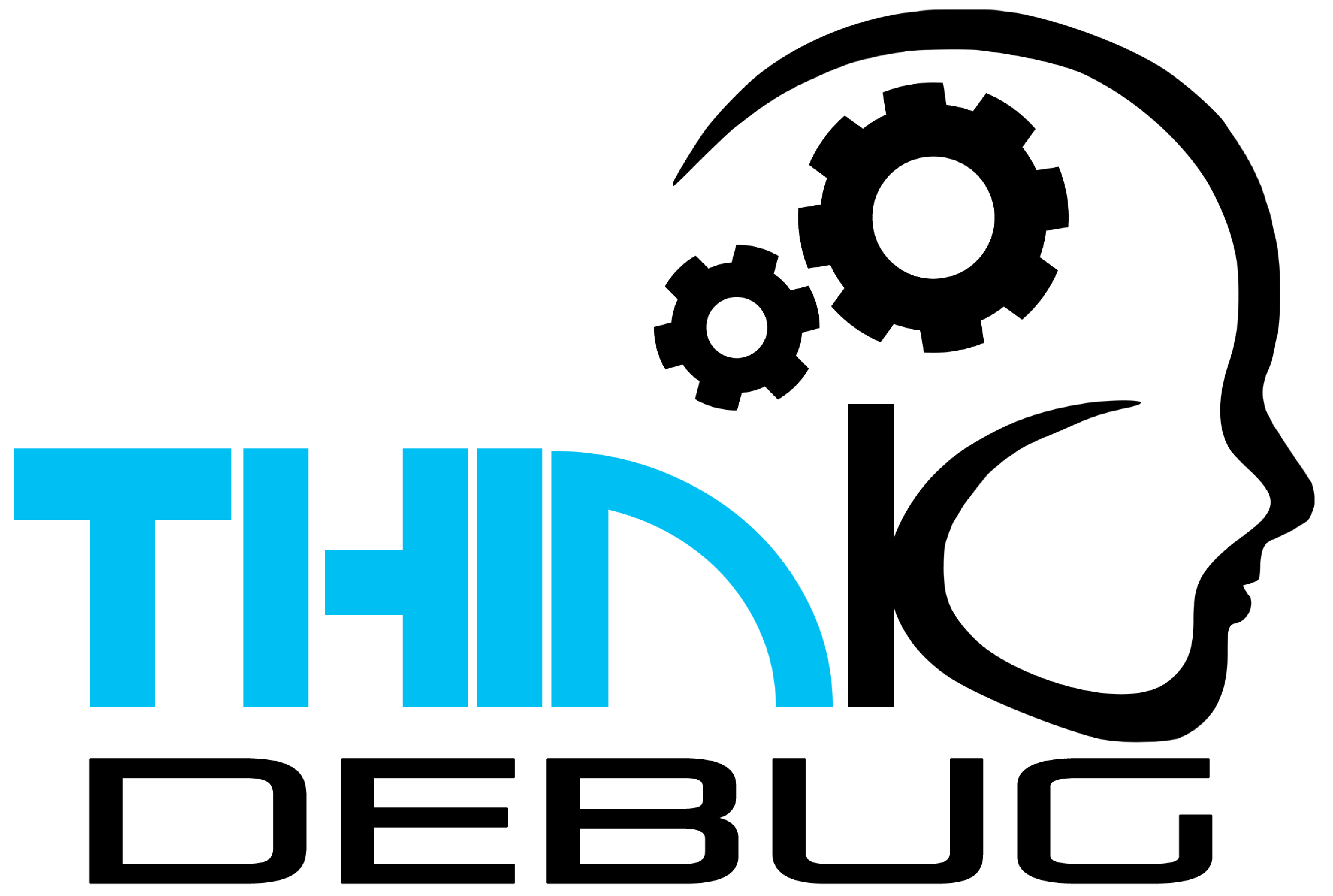Introduction
For decades, apps have relied on classical computing power. But with the rise of quantum computing, we’re on the verge of a new technological revolution. While still emerging, quantum technology is poised to reshape app development, performance, and security. The question businesses need to ask is: Are your apps quantum-ready?
What Does “Quantum-Ready” Mean?
A quantum-ready app is designed with the expectation that quantum computers will soon handle complex problems much faster than classical machines.
- They integrate quantum-safe cryptography.
- They anticipate new algorithms optimized for quantum environments.
- They’re built with future adaptability in mind.
Why Apps Need to Be Quantum-Ready
- Unprecedented Processing Power – Apps that handle big data, AI, or simulations will see massive performance boosts.
- Security Concerns – Quantum computers can crack traditional encryption, so apps need post-quantum cryptography.
- Optimization at Scale – Logistics, finance, healthcare, and AI-based apps will benefit from quantum problem-solving.
- Competitive Advantage – Early adopters of quantum-readiness will lead the next wave of innovation.
Real-World Applications
- Finance: Risk analysis and fraud detection on quantum-powered platforms.
- Healthcare: Drug discovery, DNA sequencing, and predictive diagnostics.
- Logistics: Route optimization and global supply chain management.
- AI & ML: Faster model training and complex decision-making.
How Developers Can Prepare
- Learn Post-Quantum Cryptography (PQC) – Upgrade security protocols.
- Experiment with Quantum SDKs – Frameworks like Qiskit, Cirq, and Braket are already available.
- Hybrid Architectures – Design apps that combine classical + quantum computing.
- Future-Proof UX – Anticipate faster, real-time insights and smoother experiences.
Challenges in Going Quantum
- Hardware Limitations – Quantum computers are still rare and expensive.
- Complexity – Quantum programming is far different from classical.
- Uncertainty – Standards for quantum-readiness are still evolving.
- Cost – Transitioning to quantum-safe infrastructures won’t be cheap.
The Future of Quantum-Ready Apps
Over the next decade, apps may transition from data-driven to quantum-optimized, giving rise to solutions that feel almost instantaneous. Companies that prepare early will not just survive the quantum shift—they’ll thrive in it.
Conclusion
Quantum computing may still be in its infancy, but forward-looking businesses are already asking how to adapt. Becoming quantum-ready isn’t about building fully quantum apps today—it’s about designing with tomorrow in mind. The future of apps will belong to those who are ready for the quantum leap.





